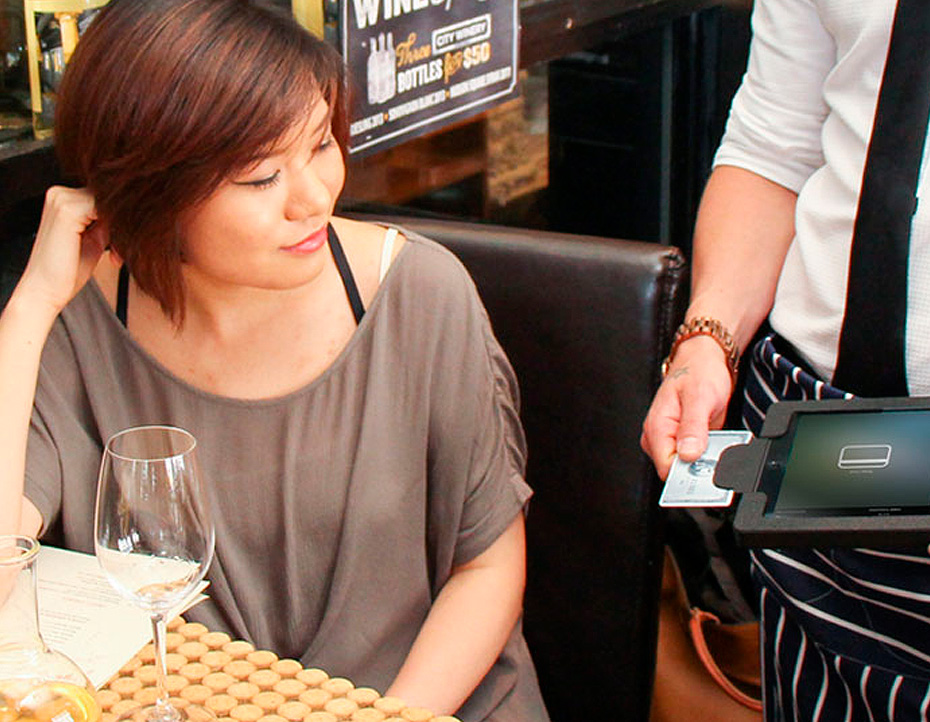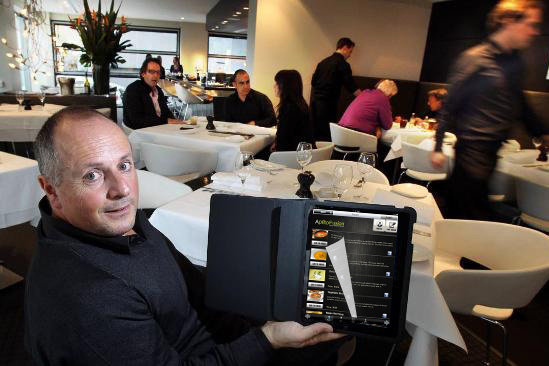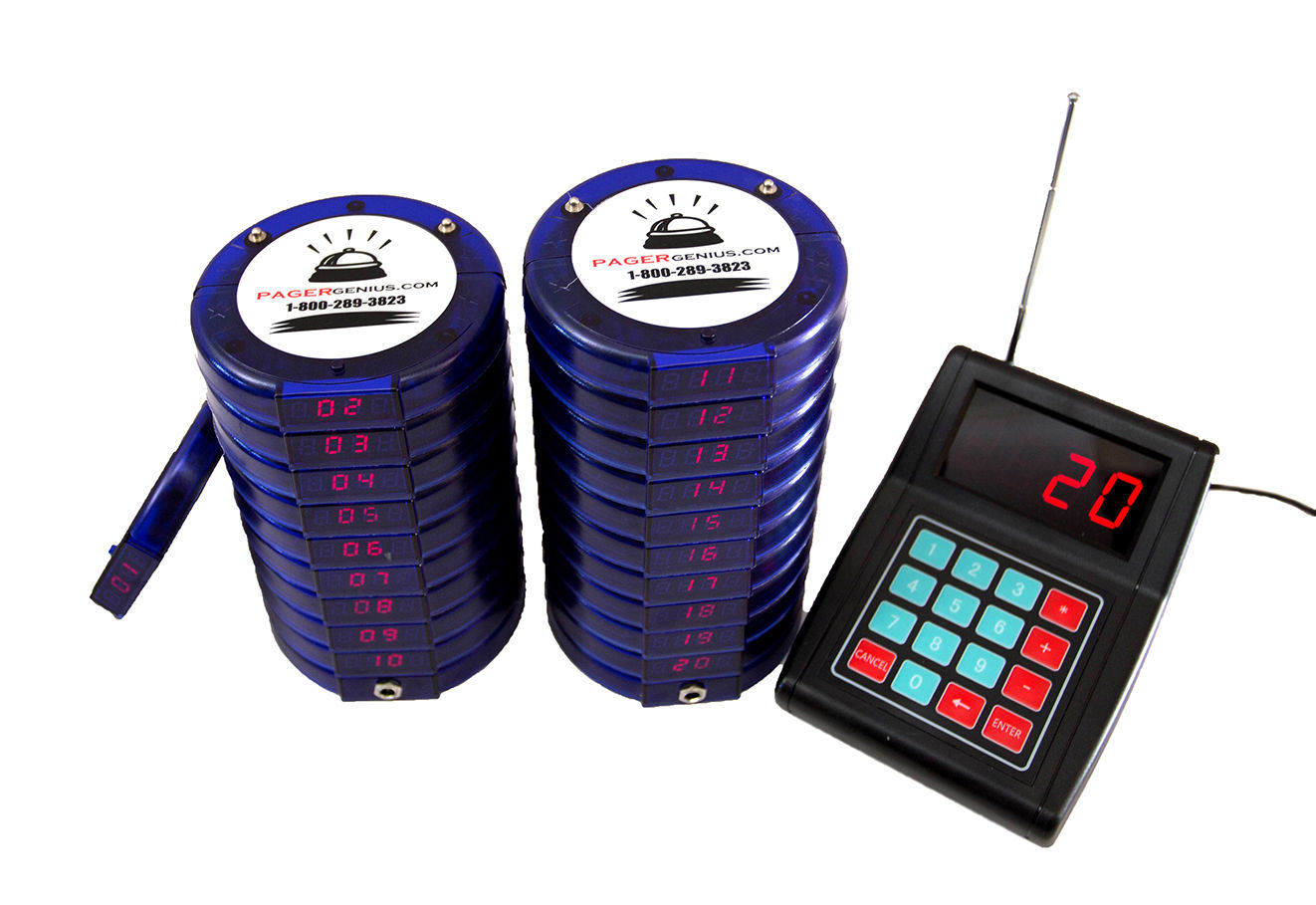The most recent technological innovations have meant a revolution in the field of restaurant services management. While it is true that it involves some investment, the use of technological infrastructure can bring you a clear competitive advantage and reduction of some costs, especially staff. Today we present some of the technological innovations that are being adopted by many restaurants and that can help you offer a better service to your customers.
ICT management systems
This is the basic infrastructure you need before including other kinds of technology. Restaurant management software allows for better communication between the different areas of the restaurant: kitchen, bar, dining room, storage room; and for the creation of detailed reports on customer habits, supply stocks, consumption, losses, hours worked and profitability. Most systems of this kind are compatible with wireless and mobile devices such as tablets and handheld ePOS devices. The point of sale devices are intuitive and allow for different tiers of use: waiter, head waiter, manager… from the same terminal or from a number of terminals at the same time.
ePOS and ePOS tablets
If we could add up the number of steps and of trips to the kitchen and that can be saved with an ePOS systems per year, we would probably end up with a distance of hundreds of kilometres. There are different kinds of devices that serve the function of communicating the different areas of the restaurant with the bar and the kitchen, the most modern in webpad form. These devices save time for the dining room staff, allowing them to dedicate more attention to the customer, but they are also essential for improving communication with the kitchen. The most sophisticated systems include mini printers in the different areas of the kitchen where each chef receives personalised information about orders and progress in the dining room.
Digital menus
This novelty is yet to become the norm and it is mainly the more prestigious restaurants that have started to offer their customers this service, such as that of the famous television chef Gordon Ramsay. Instead of the traditional menu, diners receive a tablet or iPad on which they can browse the different sections of the menu. Electronic menus offer many advantages over traditional menus as they can provide much more information more attractively, include photographs and videos and give suggestions. The suppliers of this type of technology state that these devices can increase sales by between 10% and 15%. Although there are also applications that enable customers to order dishes from the touch screens, professionals from the sector agree at present that tablets are not capable of replacing waiters in terms of interaction with the customers, especially in higher-end establishments where personalised treatment is absolutely essential.
Self-service electronic terminals
These terminals can replace the staff taking orders in fast-food establishments. The famous fast-food chain McDonald’s started to use them in its self-service restaurants last year. Instead of making their orders at the counter, customers go to a digital console, similar to the tourist information screens, endowed with touch-screen technology and a terminal for electronic payment. Customers can make their order and pay for it at these self-service consoles and avoid the queues that often build up at this type of restaurant. These consoles reduce labour costs by eliminating the need to hire workers to take orders and payments.
Coaster pagers
These ingenious devices in the form of a traditional coaster can be extremely useful in restaurants with twice or three times as many customers as will fit on their premises. Instead of waiting standing up until there is a table free, diners receive these ingenious devices connected to a pager with radio communication of almost a kilometre. When the table is free, the coaster vibrates and emits a signal to notify the diners that they can now enter the restaurant. Much more practical than megaphone services or the complicated notification systems used by some of the busier restaurants.
Images source: Shopkeep.com, npr.org, tbo.com y pagergenius.






Follow us